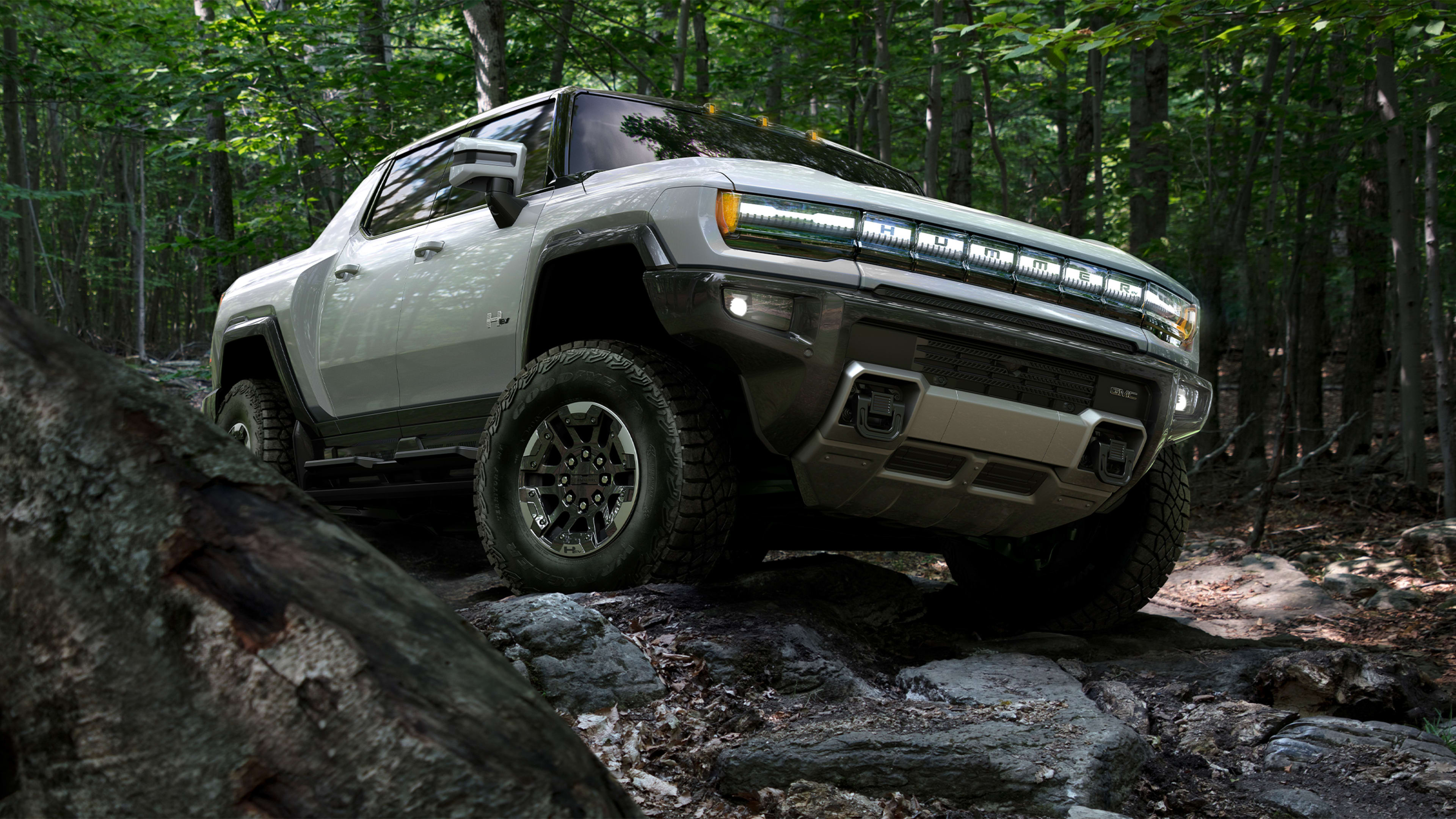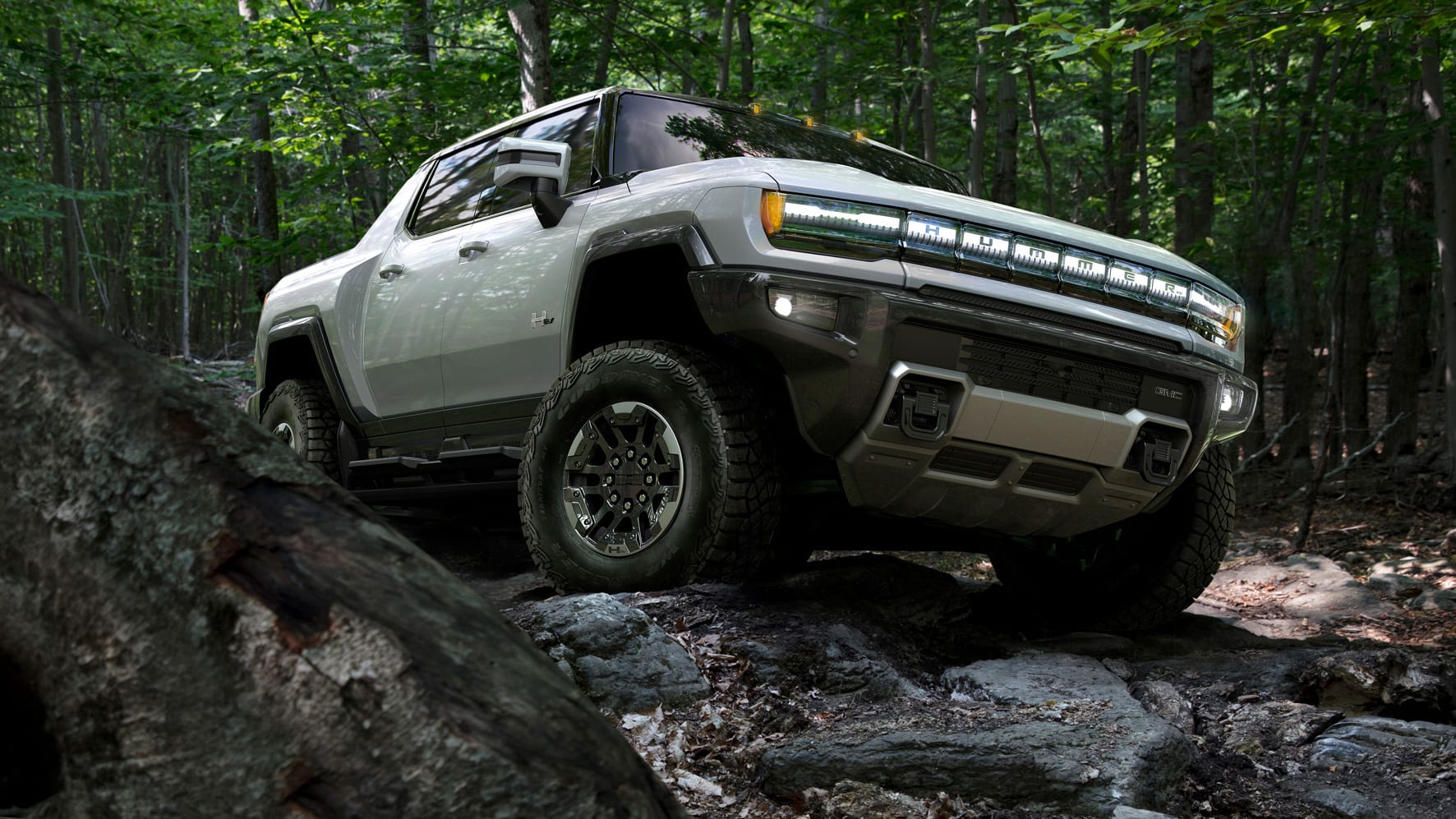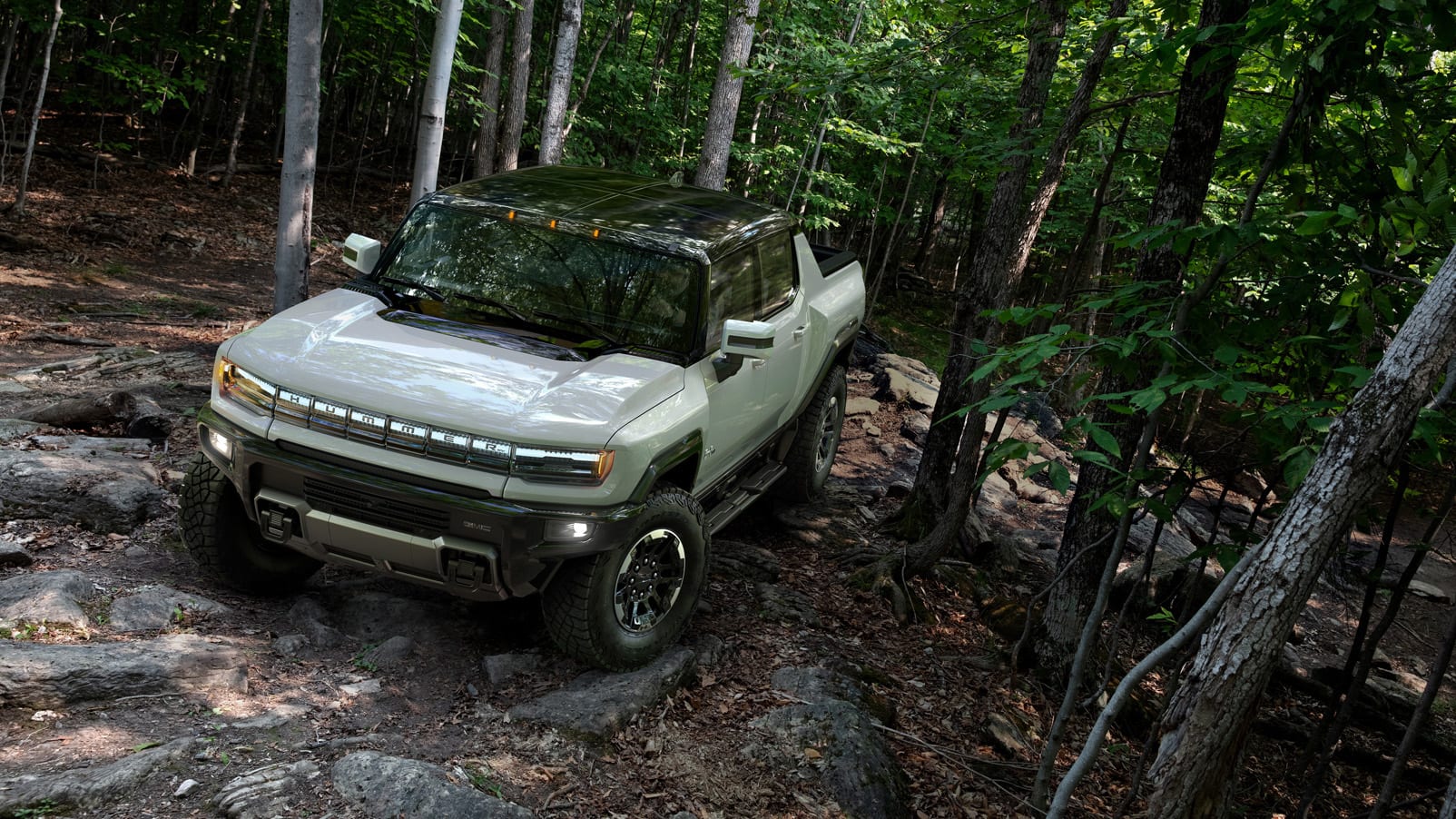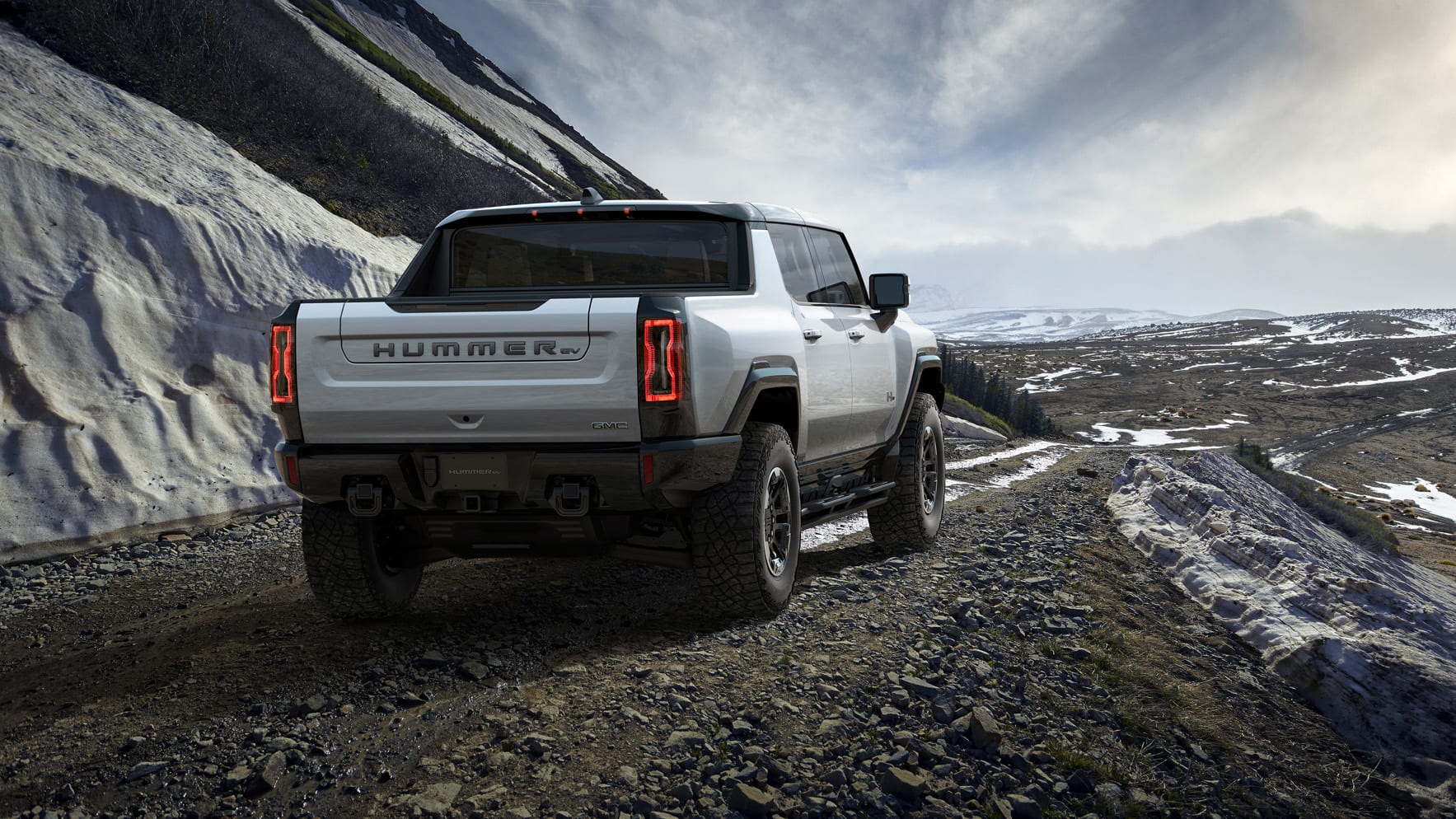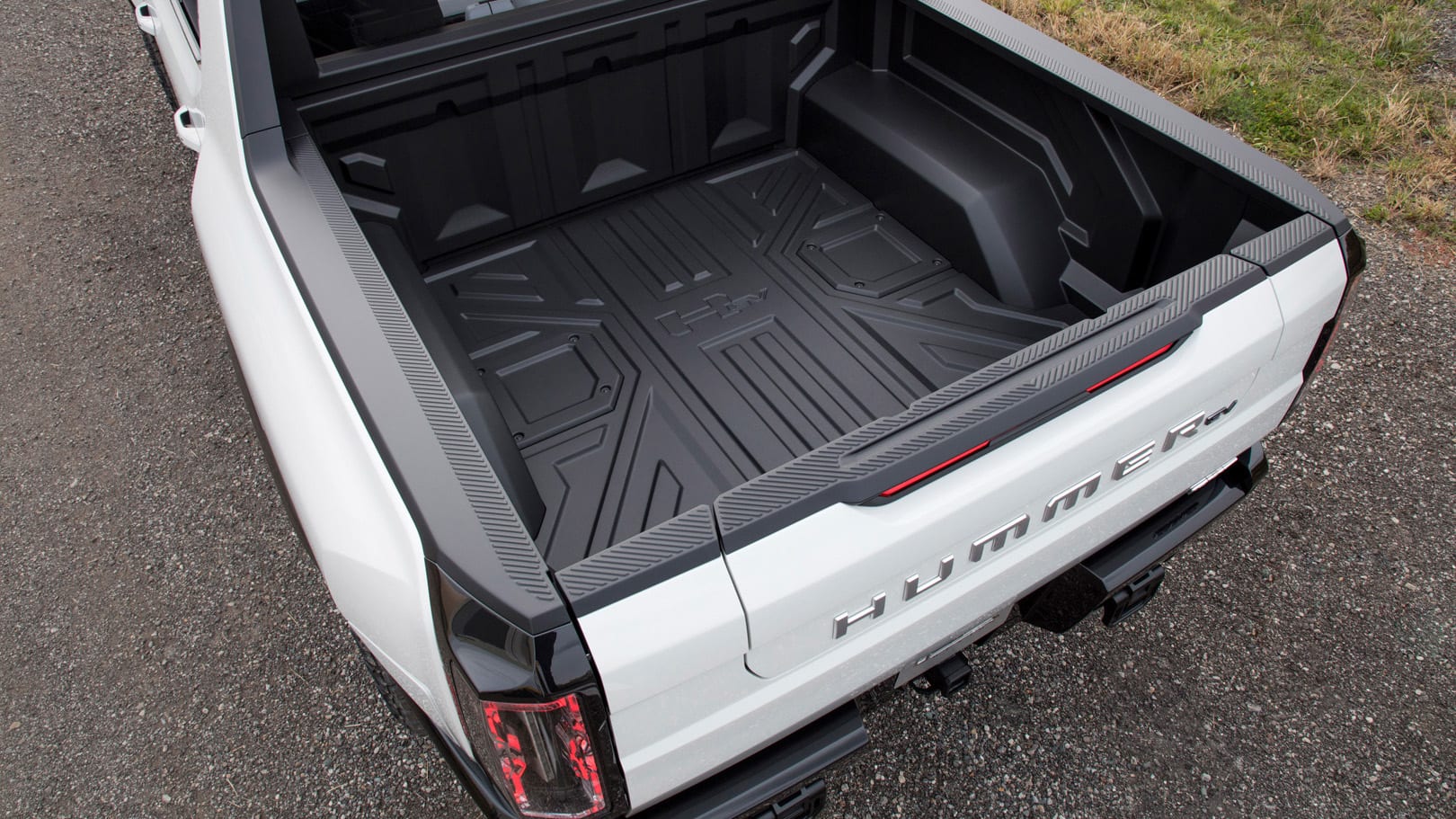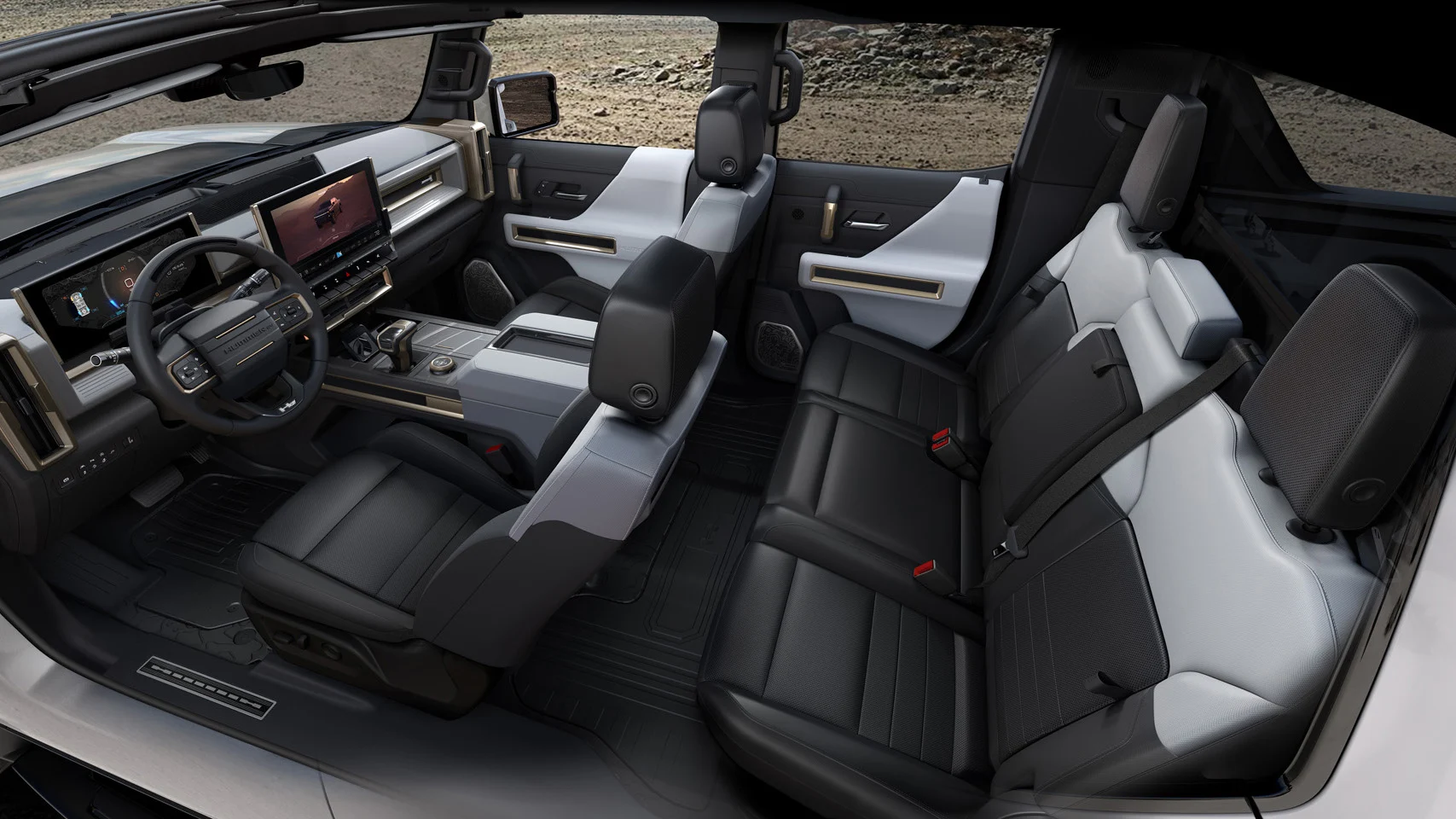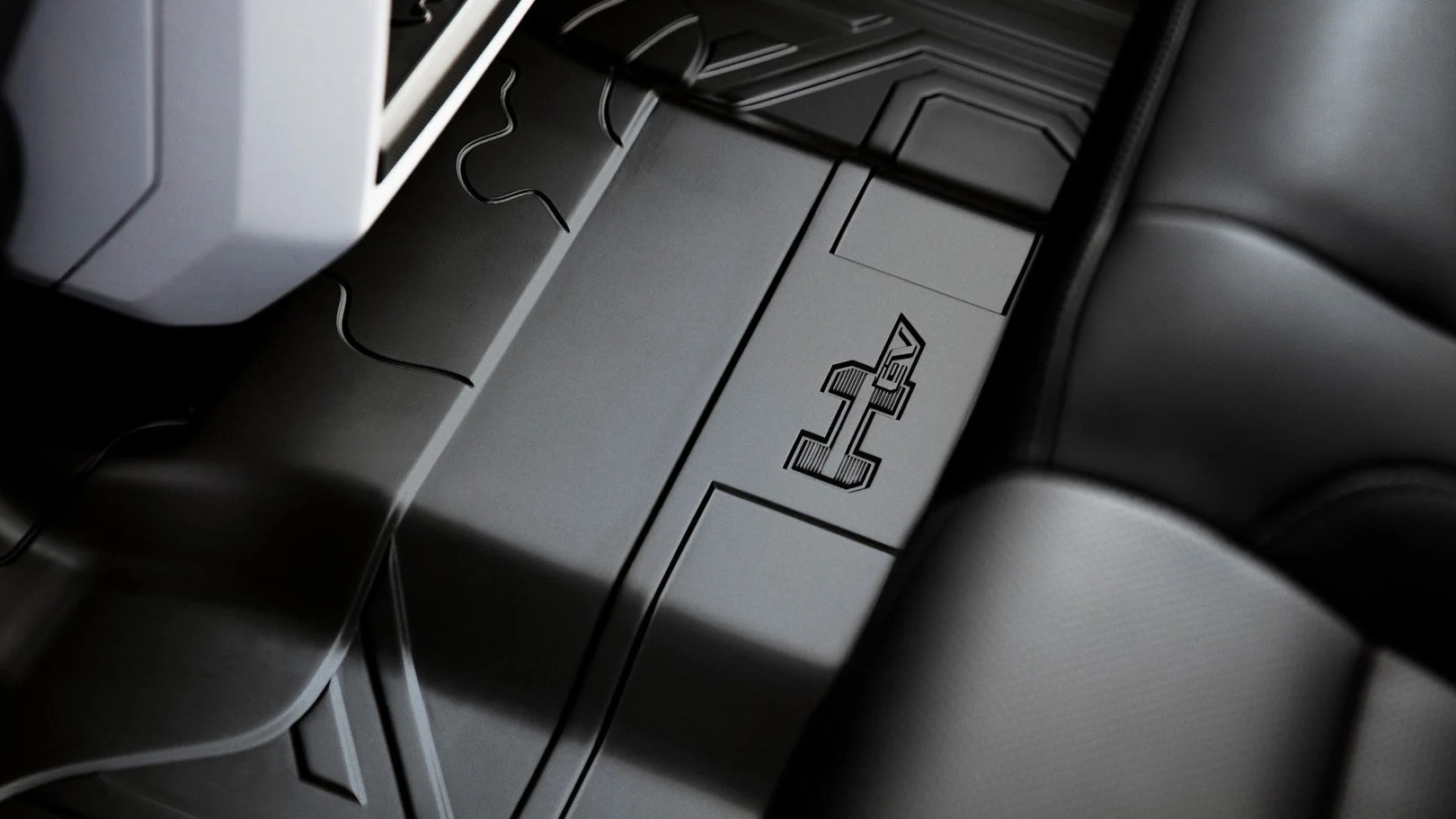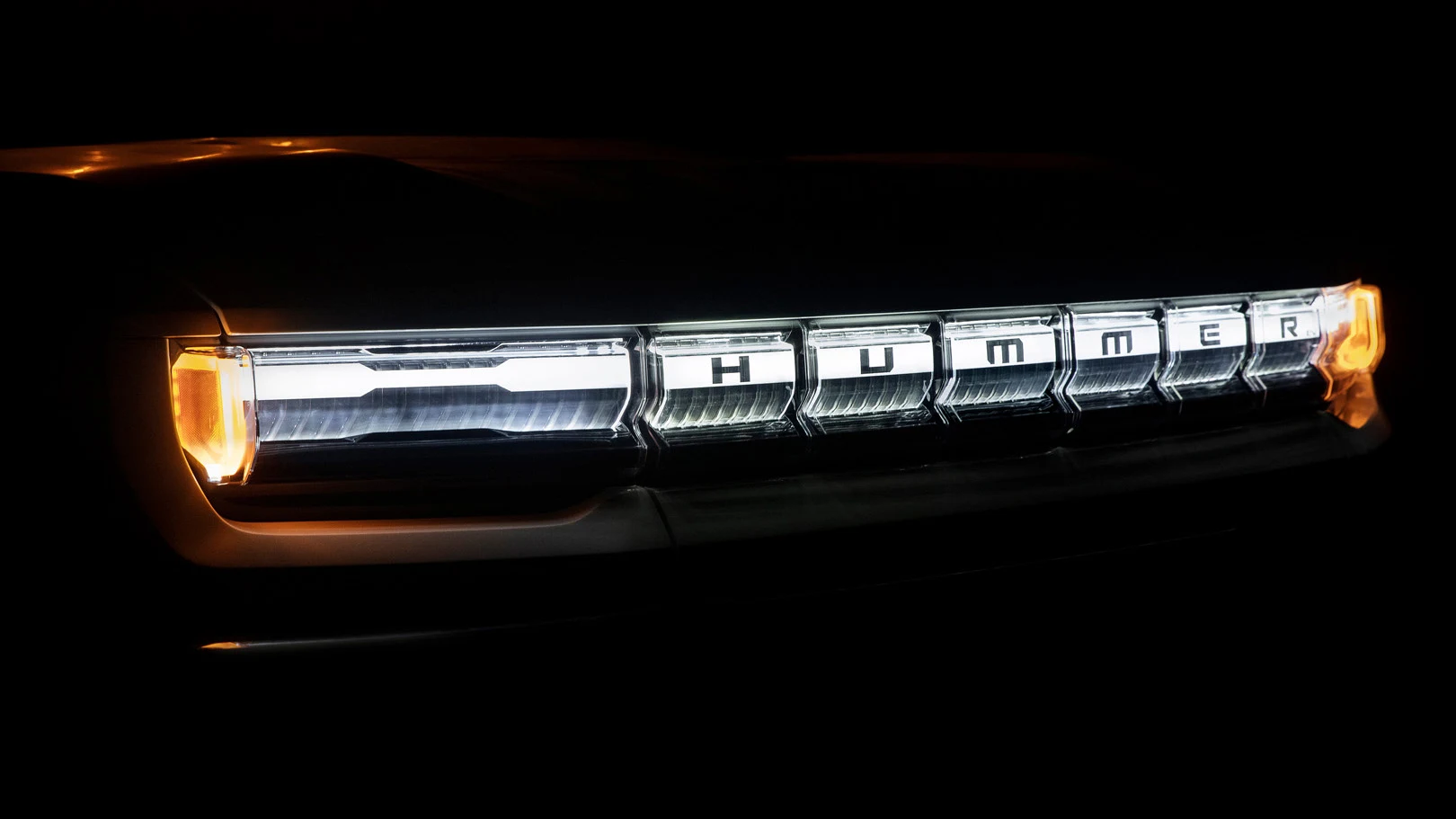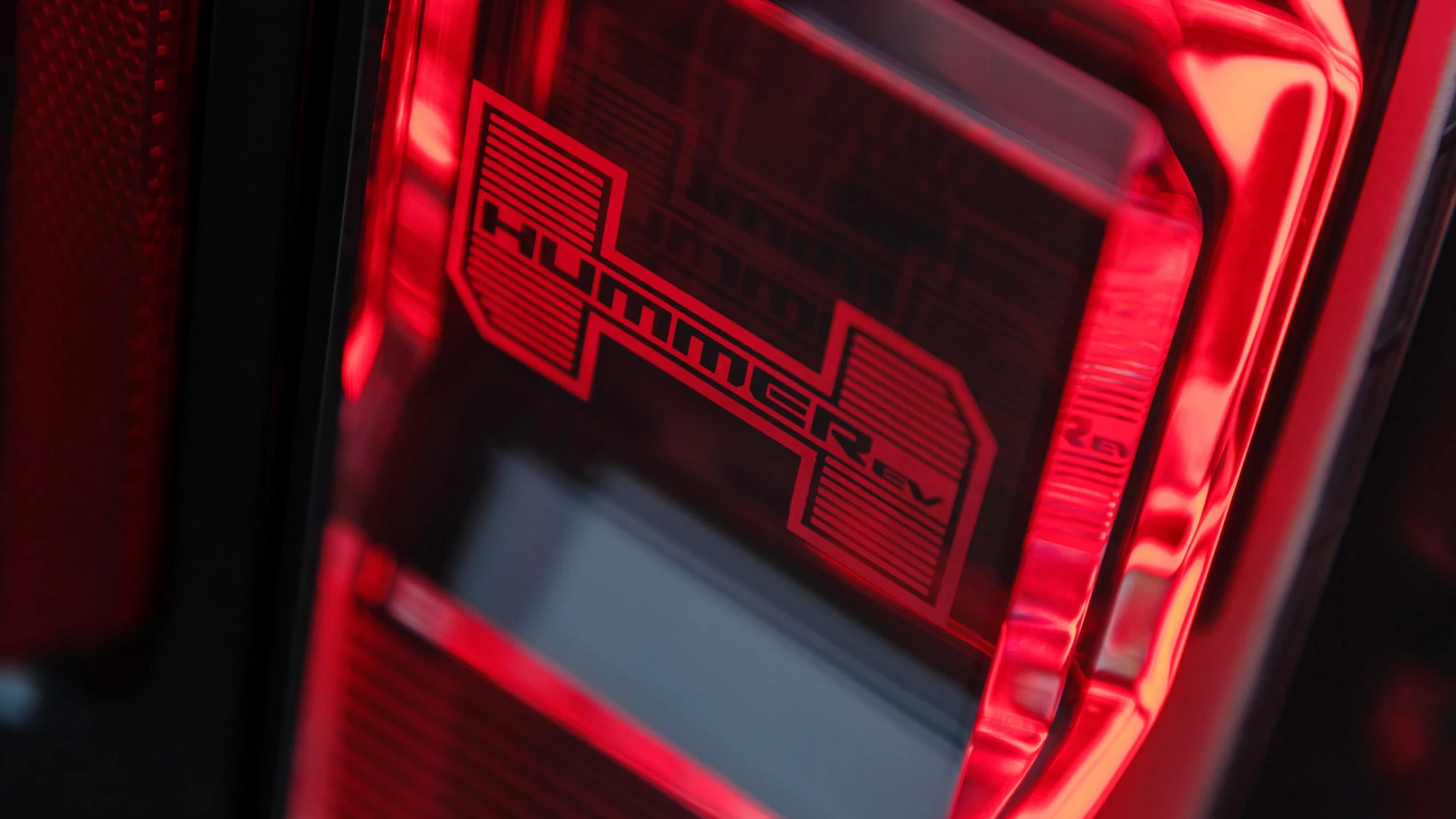On June 1, 2009, General Motors announced the discontinuation of the Hummer brand—on the same day GM announced its own bankruptcy.
The critical response was something along the lines of “good riddance.” The Hummer had become the symbol of unchecked American excess, supersized and hungry for oil, supported by a stubborness to never change. Hummers were keyed by eco-warriors, parodied by Snicker’s, and cut down in a sentence by a Sierra Club spokesperson eager to bid it farewell: “The Hummer embodied the worst impulses of the American auto industry.”
[Image: GMC]But the government would go on to bail out GM. GM would invest considerably in electric vehicles. And in 2020, the company announced that it was bringing the Hummer back—as its flagship EV with 1,000 horsepower, a 350-mile range, and a 0-60 acceleration of just three seconds. It needs just 10 minutes to charge to 100 miles of range, and all four wheels will even turn horizontally so that the vehicle can “crab walk” side to side. It’s officially called the “HUMMERev.”
Now, we see that design for the first time as a pickup truck (though don’t be surprised to see a full SUV version in the future). It will start at $100,000 in fall 2022, with an $80,000 version planned for 2024. The Hummer is as unapologetic as ever, almost urging you to punch it in its oversized front grille, which is now completely illuminated by a smile of lights. But in spite of that fact—perhaps even because of that fact—GM plans to flip the script on what the Hummer means to you.
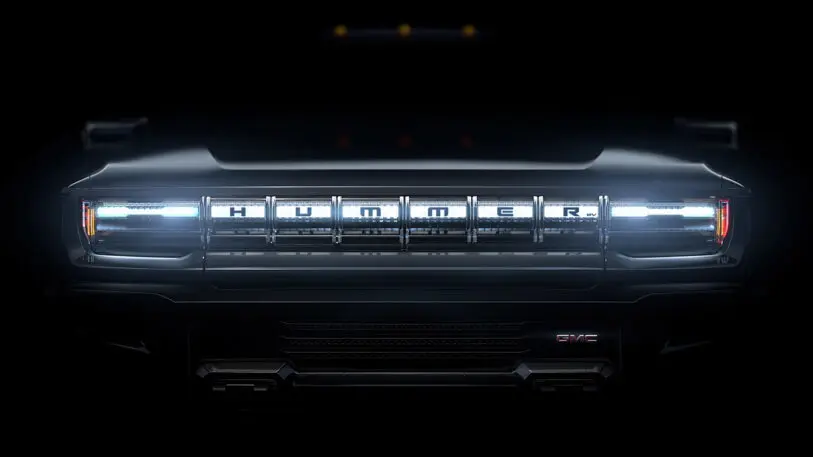
Flipping the script
Talking to Rich Scheer, GM’s design director of exterior and interior on the project, he acknowledges the Hummer brand’s past hate-ability, and sees a window for redemption. For precedent, see VW, which was caught forging emissions before pivoting to electrics, or The Rock, who began as a WWE villain, became the good guy, and is now one of the top-grossing protagonists in Hollywood. Whether or not Hummer can go from villain to hero, however, remains to be seen.
“[The negative legacy] was certainly in our minds when we began and certainly as we began to reveal and communicate the project,” says Scheer, of starting the project in 2019. “But for the folks that had environmental issues with it, now it’s like, look it’s an EV, zero emissions, kind of in line with where the future is going for all the automotive world.”
Scheer’s challenge was how to resurrect the Hummer brand while still nodding to the more positive parts of its legacy—as a celebrated all-terrain vehicle. His biggest decision was that the Hummer would still look like a Hummer, rather than some fully reinvented design.

Did anything change? Definitely. “I think before, the Hummer was always kind of styled in reference to the military and had this invader [stature], like, ‘We’re gonna come do harm!’,” says Scheer. “We wanted this to be much more approachable. It’s much more sophisticated than where we were before.”

Before Scheer developed the Hummer EV, much of his same team worked on one of GM’s most heralded projects in years: the Corvette C8. While not electric, car enthusiasts loved everything from the performance to the tiniest attention to detail, such as that the C8 has a GPS that will automatically raise its suspension over potholes on your commute.
Scheer wanted to bring similar “surprise and delight” elements to the Hummer, he says. And while many still seem to be under wraps, one thing the Hummer offers is the option to turn the entire thing into a convertible. You can remove the four roof panels and store them in the front (since there’s no gas engine there), then slide the side and back glass down.
“Now you’ve got a very open-air [experience],” says Scheer. “You feel like you’re in a Corvette, even though you are in a super truck.” Or, at least, that’s the plan. Even Scheer himself hasn’t gotten to actually drive the Hummer EV yet.
Recognize your brand’s excellence by applying to this year’s Brands That Matter Awards before the early-rate deadline, May 3.
